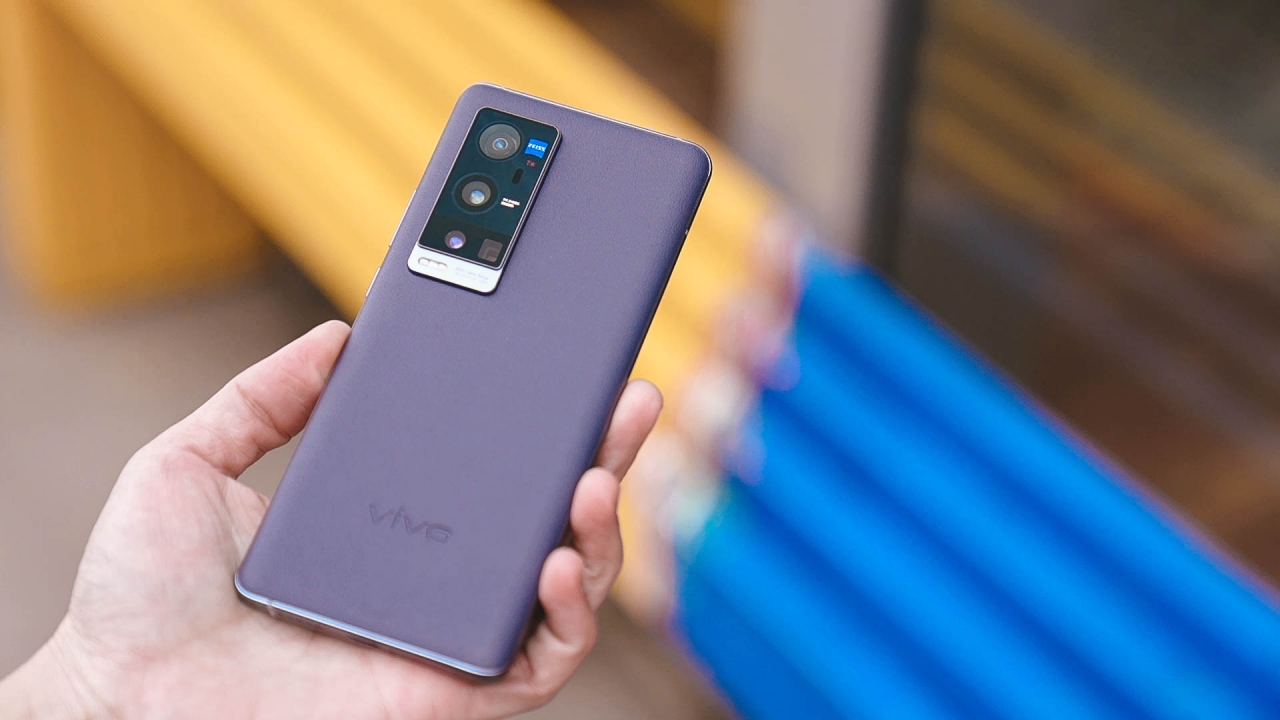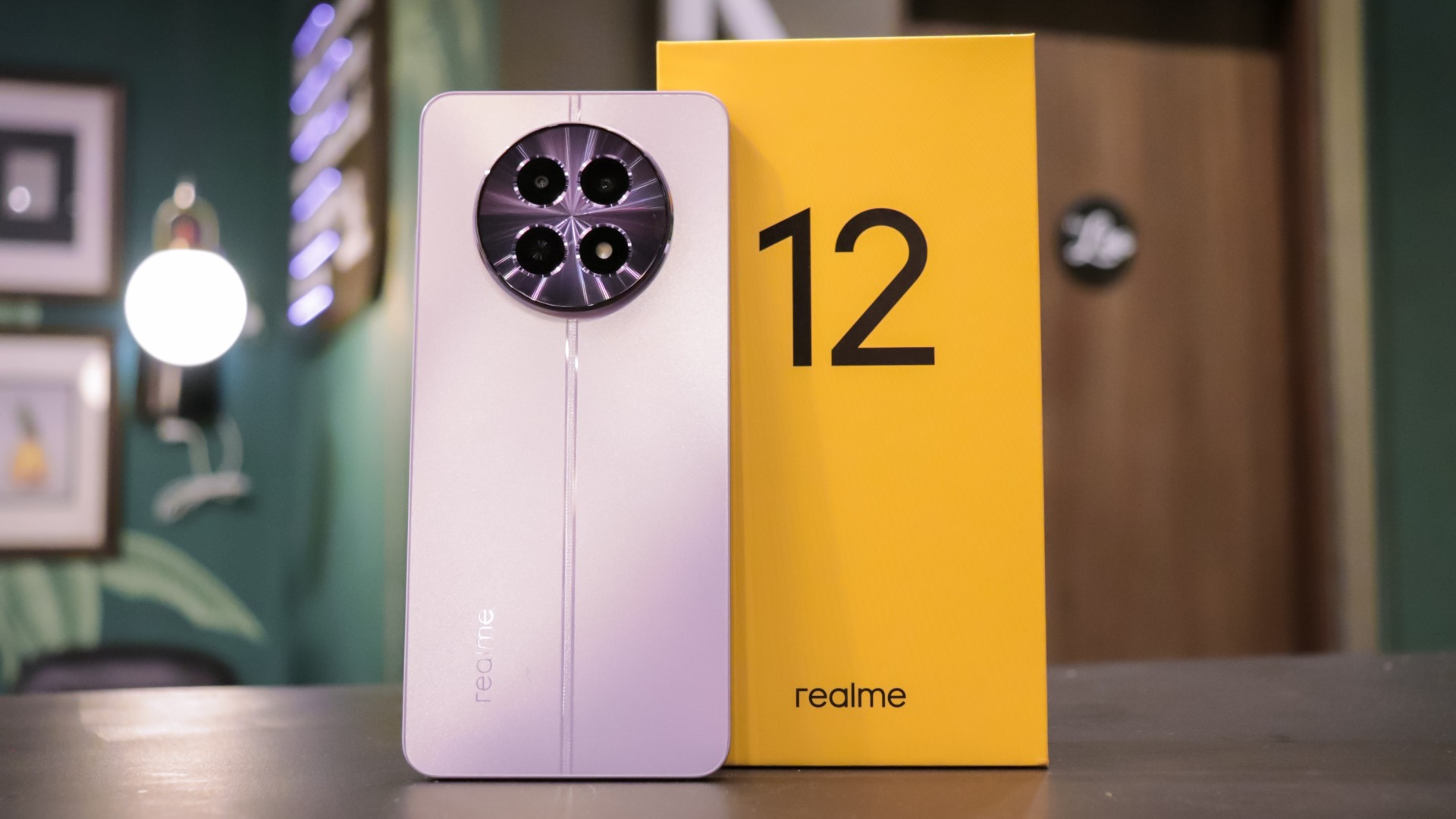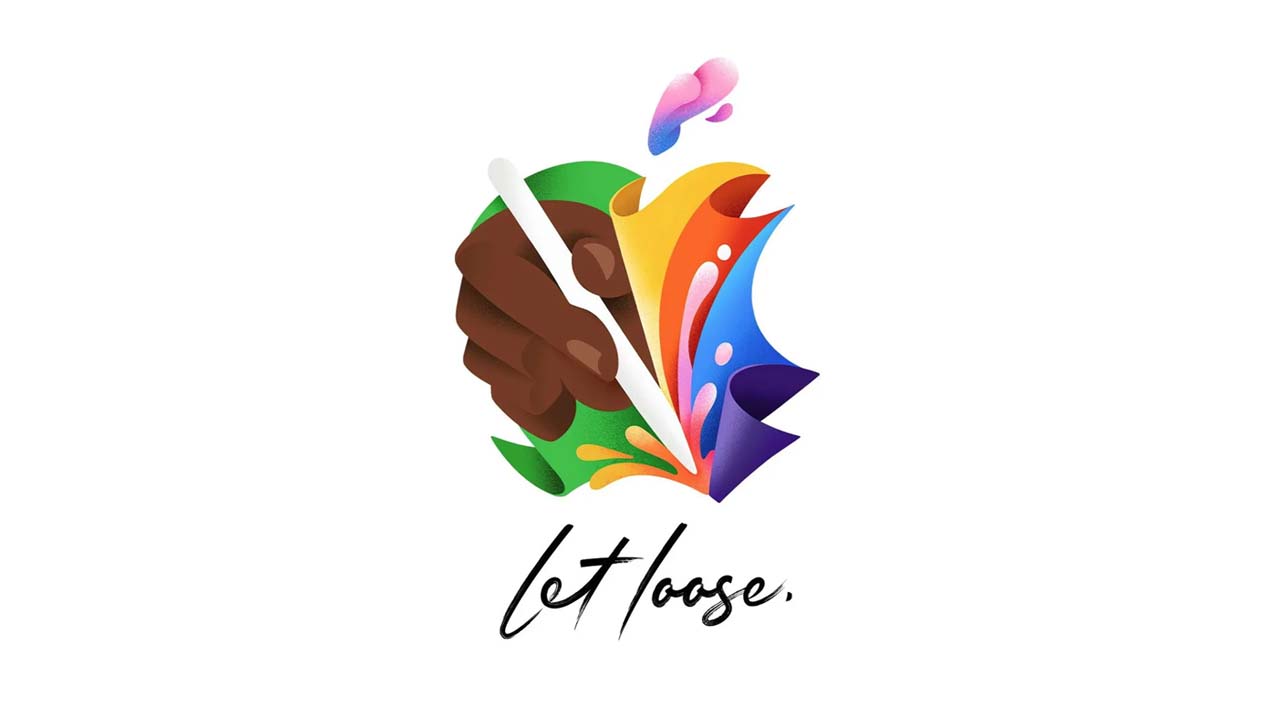News
vivo X60 Pro launches with Snapdragon 870, ZEISS optics
A photographer’s fantasy?

March is the month of smartphone launches, and every brand is doubling down on its offerings. vivo has finally launched the vivo X60 series globally, following its China unveiling, and there’s a lot of difference between the two options.
Consisting of the vivo X60 and vivo X60 Pro, the duo is set to launch in multiple markets like India, Malaysia, the Philippines, Singapore, and more. The phone’s unique selling point is its ZEISS camera, a new partnership that could mean wonders for the brand. Similarly, OnePlus has also tied up with Hasselblad to deliver a top-notch experience.
Unlike the China variant, the global variant ditches the Exynos 1080 SoC in favor of Snapdragon 870. The chip can be configured with up to 256GB of UFS 3.1 storage and up to 12GB of RAM.
Both, the X60 and X60 Pro have a lot in common, and this also includes the camera setup as well. It boasts a ZEISS-branded 48-megapixel primary sensor with an f/1.5 aperture and advanced stabilization.
The phone also features a 13-megapixel wide-angle lens and a 13-megapixel telephoto sensor. A minor difference is, the Pro option gets a gimbal stabilization setup while the non-Pro gets optical image stabilization. On the front is a 32-megapixel selfie shooter.
Coming to the display, the X60 Pro gets a 6.56-inch AMOLED display that’s co-developed by Qualcomm and supports a 120Hz refresh rate. There’s also a 3.5mm headphone jack, HDR10+, and Hi-Res audio support. The non-Pro, on the other hand, gets a standard 6.5-inch AMOLED display.
Lastly, the non-Pro gets a 4300mAh battery with undisclosed fast charging. The Pro gets a 4200mAh battery with 33W fast charging. Unlike the Chinese version, which runs on OriginOS, the global X60 series arrives with Funtouch OS 11.1 out-of-the-box.


The realme 12 5G is now official in the Philippines. Months after launching the the 12+ and 12 Pro+ models under its latest number series line, realme is back with the release of the series’ base model. The realme 12 5G is priced at PhP 14,999 and is available through realme’s ecommerce platforms and offline stores.
As part of its launch, realme is offering customers exclusive deals starting April 25th:
Lazada Flagship (May 5 to 10)
- Free realme Buds T100
- Free TechLife Hair Dryer
Shopee Official Store (May 5 to 10)
- Free TechLife Power Bank 2 20,000mAh
- Free TechLife 4.5L See-Through Air Fryer
TikTok Shop (April 25, 7:30 PM to 30)
- Free realme Pocket Bluetooth Speaker
- Free TechLife Cooling Fan
James Afante TikTok Shop (April 25, 7:30 PM)
- Freebie package 1: TechLife Cooling Fan and Free TechLife 4.5L See-Through Air Fryer
- Freebie package 2: realme Buds T100 and Free TechLife 4.5L See-Through Air Fryer
- Freebie package 3: TechLife Portable Steam Iron, TechLife Electric Kettle, and TechLife Portable Electric Pot
ALSO READ: realme 12+ 5G review: One month later
For offline purchases, customers also stand a chance to win freebies worth up to PhP 24,999 with the Mystery Box promo. Furthermore, they may join the Lucky 12 Challenge for additional freebies when they purchase the realme 12 5G from any of the 100 selected concept stores, kiosks, and exclusive stores.
realme 12 5G
The realme 12 5G is just as capable as its 12+ and Pro+ counterparts. The model boasts of a 108MP 3X zoom portrait camera, taking off from the series’ Portrait Master positioning.
The phone is powered by a MediaTek Dimensity 6100+ 5G chipset, has 8GB of base RAM with 8GB RAM expansion, and a 5,000mAh battery with 45W SUPERVOOC Charge. In front is a 6.72-inch FHD+ 120Hz Sunlight Display that has a maximum brightness of 950nits. There is also an 8MP AI selfie camera.
Lastly, the handset also has a similar watch face design at the back. It is available in Twilight Purple and Woodland Green.
ALSO READ: realme 12 Pro+ 5G review: A midrange marvel
News
ZTE nubia Neo 2 5G now in the Philippines: Pricing, details
ZTE’s budget gaming phone gets an upgrade

ZTE has announced the availability of the nubia Neo 2 5G in the Philippines. The successor to the nubia Neo budget gaming smartphone, the second iteration is armed with an upgraded gaming control experience for Filipino gamers to enjoy.
The nubia Neo 2 5G retains the distinct Bionic Mecha with “Hero Eye” design from its predecessor. It is available in Storm Gray, Sunfire Yellow, and Frost Silver for PhP 9,999.
The phone is powered by a Unisoc T820 processor (6nm). It supports even more Dynamic RAM at 12GB to complement its 8GB base RAM, and also offers 5G dual-card intelligent switching. Additionally, the nubia Neo 2 5G carries an even larger 6,000mAh battery, which supports 33W fast charging.
ALSO READ: ZTE nubia Neo 5G: Decent for gaming
In front, the device sports a 6.72-inch FHD+ display with a 2,400 x 1,800 resolution and 120Hz refresh rate for seamless viewing and scrolling. At the back is a 50MP main camera.
Upgraded Game Space
The nubia Neo 2 5G features Game Space 2.0, an assistance tool that is reminiscent of a professional gaming layout. Here, users may tinker with game optimization functions, including Game Performance Enhancement. This adjusts the device’s CPU and GPU resources to help it manage power and battery usage.
The phone also supports ByPass Charging for uninterrupted gaming. Users may activate this charging feature while the charging cable is connected to the device. When under ByPass Charging, the phone gets powered up but without the battery charging so it can reduce heat.
Upgraded experience
Furthermore, one of the highlights of the nubia Neo 2 5G is its gaming shoulder triggers. This gives users more freedom and control while navigating and playing. Users may also customize the shoulder buttons based on their personal preferences.
Meanwhile, the phone’s Dual Stereo Speakers with DTS:X Ultra provide impressive sound quality. This is further enhanced with four built-in sound effects.

The next Apple event is coming! Two weeks ahead of the big launch, the iPad maker has announced an upcoming event dedicated to the tablet.
As always, Apple has added a tagline to tease what’s coming for the brand. This time, it’s “Let loose.”
Now, you won’t get a lot of clues from something so vague. Thankfully, the graphic is much more telling. It features a hand clearly grasping an Apple Pencil. For sure, the event will focus on new iPads.
The special event will start on May 7, 10AM ET. Interested viewers can watch the event live.
There’s no confirmation what models are getting new faces for the event. However, rumors are swirling that we’re getting a new iPad Pro. We can likely expect a new Apple Pencil too, especially since the stylus is a main focus for the invite.
New iPhones are likely out, though. Apple usually holds the event for those later in the year. That leaves the Macs and the Vision Pro in the less-likely-but-still-possible realm.
That said, if you’re looking for new tablets, it’s time to wait a bit.
-

 Events2 weeks ago
Events2 weeks agoStellar Blade: PlayStation taps cosplayers to play Eve for game’s launch
-

 Features1 week ago
Features1 week agoFortify your home office or business setup with these devices
-

 Accessories2 weeks ago
Accessories2 weeks agoLogitech unveils G Pro X 60 gaming keyboard: Price, details
-

 Reviews1 week ago
Reviews1 week agorealme 12+ 5G review: One month later
-

 Deals2 weeks ago
Deals2 weeks agoTCL P635 TV: Big savings for TCL’s anniversary
-

 Gaming1 week ago
Gaming1 week agoNew PUMA collection lets you wear PlayStation’s iconic symbols
-

 Accessories1 week ago
Accessories1 week agoMarshall Major V: Reasons Why I Love It
-

 Gaming1 week ago
Gaming1 week agoMore PlayStation 5 Pro specs have been leaked



























